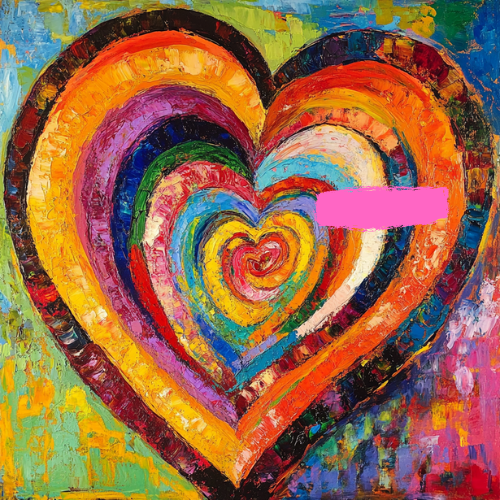Punctuation conquers all, part two
- Amber Davis

- Feb 14
- 3 min read
Updated: Mar 24
The month of love continues and my love for punctuation never wanes. Like Lynne Truss, author of the most entertaining book on punctuation ever written, I profess that “proper punctuation is both the sign and the cause of clear thinking.”
While the early days of love may muddle our minds and make fools of the wise, I hope—for you readers, for me, and for everyone—that we all find a love that makes it past that stage. I hope we find love that’s like a hyphen. (Stick with me.)
May your love be a hyphen

The name comes from the Greek, as usual… In this case, the phrase from which we derive the name hyphen means “under one” or “into one” or “together,” so is possibly rather more sexy in its origins than we might otherwise have imagined from its utilitarian image to day.
-Lynne Truss, "Eats, Shoots & Leaves"
Grammatically, the function of a hyphen is to compound two words, two separate signifiers, uniting them to alter what is signified. The two words inform one another, and new meaning is made. The words’ individual definitions remain unchanged but—joined by a saucy little line*—they become something new.
Autonomously they were each enough, but together they are more. How ideal: a love that gives new meaning while respecting fixed individuality and makes lovers more than the sum of their parts.
The hyphen has seven** (seven!) technical functions in the English language, and all seven of those functions require the hyphen to act as a bridge between words, creating new meaning.1 Yes, the dashing hyphen knows the job and gets it done. Vestiges of those sexy origins are evident.
That’s all function—and function matters in both love and punctuation. But let’s talk about form.
The hyphen is small and subtle, yet strong; it’s simple, yet of great importance. Visually, the hyphen occupies the middle space between the two words, like tangible magic. It’s the bridge that leads concept A to inform and transform concept B.2
I’ve seen love like that.
Think about the meaning of these established hyphenated compounds and imagine that moment in the middle where the hyphen informs and transforms.
Life-changing
World-building
Heart-opening
Soul-stirring
Future-shaping
Boundary-blurring
Self-forgetting
The hyphen is a marked space for wonder. Shouldn’t love be too?
Historically, many compounds follow the pattern of entering English as open compounds, then gradually take on hyphenation and eventually a closed form as they become more familiar.3 It’s the hyphen stage that solidifies the association in popular use.
We’ve all seen love like that. While we may not hyphenate lovers’ first names, the principle applies. There’s Jack. There’s Diane. And then, overtime, no one says Jack or Diane without saying Jack and Diane, until one day “Jack and Diane” is more than the sum of its parts.
Let’s leave Jack and Diane now with the sum of their parts, making meaning and transforming one another, as we quietly back out of the room and close the door.
Come back soon for Punctuation Conquers All part three: May your love be an em dash. And, in case you missed it, you can read part one, May your love be a semicolon, here.
Footnotes
*Please note that while all hyphens are dashes, all dashes are not hyphens. A hyphen is not an em dash, and an em dash is not a hyphen, nor an en dash. Learn more here.
**In case you’re wondering, the seven functions of the hyphen (from Bright Hub Education) are:
· Compound numbers and fractions: twenty-three, thirty-seven
· Some compound nouns: mother-in-law, merry-go-round
· Coequal nouns: singer-songwriter, actor-director
· Compound modifiers: life-size, topsy-turvy
· Phrases as modifiers: up-to-date, all-you-can-eat
· Prefixes: un-American, mid-century
· Clarity: re-sign (as opposed to resign), English-language student (a student studying English, as opposed to English language student—an English student studying language)1
2. From some pretentious paper I wrote in college.



Comments